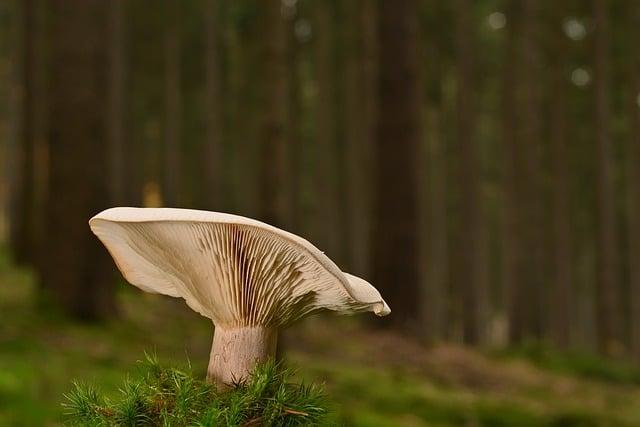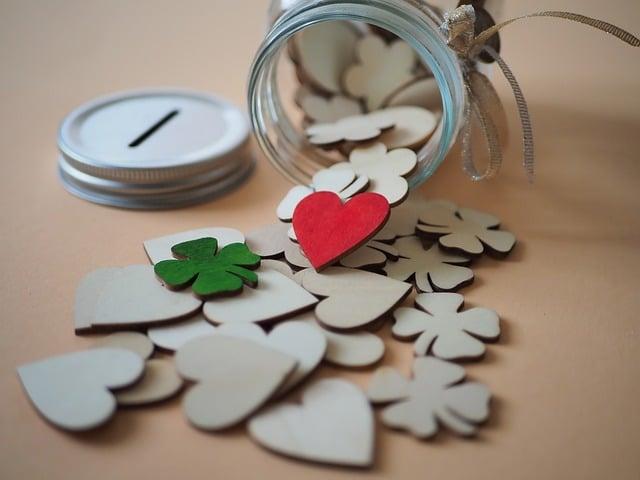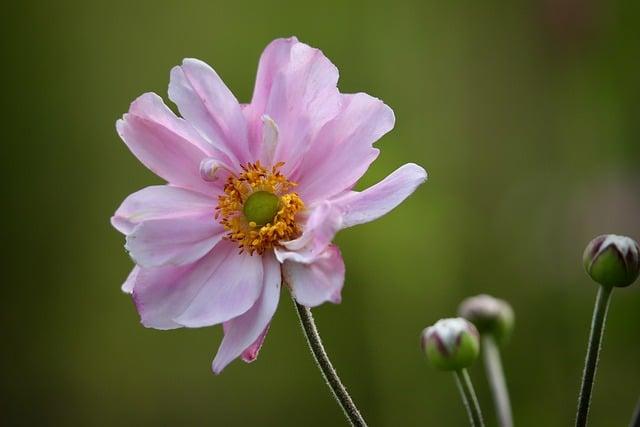In a quaint village nestled between emerald hills, an ancient tortoise named Tula roamed freely. Villagers often whispered tales of her wisdom and longevity, for she had witnessed generations come and go. One day, a curious child approached Tula, asking, “What is the secret to a long life?” Tula smiled, her eyes twinkling like stars. “Patience, my dear. Life is not a race but a journey. Embrace each moment, and you will find the beauty in time.” From that day on, Tula became a symbol of long life, teaching all to cherish the present.
Table of Contents
- Exploring Cultural Symbols of Longevity Across the Globe
- The Science Behind the Symbolism of Long Life
- Incorporating Longevity Symbols into Daily Life
- Crafting a Personal Symbol of Enduring Vitality
- Q&A

Exploring Cultural Symbols of Longevity Across the Globe
Across various cultures, symbols of longevity often reflect the values and beliefs of the societies that cherish them. In Chinese culture, the **peach** is a prominent emblem of long life, revered for its association with the mythical Queen Mother of the West, who is said to cultivate magical peaches that grant immortality. Similarly, the **crane**, a graceful bird, symbolizes not only longevity but also wisdom and fidelity, often depicted in art and folklore as a creature that can live for a thousand years. In Japan, the **turtle** is celebrated for its longevity, with the mythological creature often appearing in stories as a wise and enduring figure, embodying the virtues of patience and resilience.
In the Western world, the **olive tree** stands as a powerful symbol of endurance and longevity, its gnarled branches representing strength and peace through the ages. The **lotus flower**, revered in many Eastern traditions, emerges from murky waters to bloom beautifully, symbolizing purity and the ability to rise above challenges, thus embodying the essence of a long and meaningful life. Additionally, the **four-leaf clover** is often associated with good fortune and longevity, believed to bring luck to those who find it, making it a cherished symbol in various cultures. Each of these symbols not only represents the desire for a long life but also encapsulates deeper meanings that resonate with the human experience across different societies.

The Science Behind the Symbolism of Long Life
The concept of longevity has fascinated cultures throughout history, leading to the emergence of various symbols that represent the idea of a long and prosperous life. These symbols often draw from nature, mythology, and spirituality, reflecting humanity’s deep-rooted desire to transcend the limitations of mortality. For instance, the **tortoise** is widely recognized as a symbol of longevity in many cultures, embodying the idea of slow and steady progress. Its long lifespan serves as a reminder that patience and resilience can lead to enduring success. Similarly, the **pine tree**, known for its ability to thrive in harsh conditions and live for centuries, is often associated with strength and eternal life, making it a popular motif in art and literature.
In addition to natural symbols, certain mythological figures and deities also represent the quest for long life. The **Chinese deity Shou Xing**, often depicted with a long beard and a peach, symbolizes longevity and happiness. The peach itself is a powerful emblem, as it is believed to grant immortality in Chinese folklore. Furthermore, the **lotus flower**, which rises from muddy waters to bloom beautifully, signifies rebirth and the potential for a renewed life, making it a potent symbol of resilience and longevity. These symbols not only reflect the human aspiration for a long life but also serve as cultural touchstones that connect us to our shared history and values.

Incorporating Longevity Symbols into Daily Life
Incorporating symbols of longevity into your daily life can be a meaningful way to embrace the concept of long-lasting health and vitality. One simple method is to adorn your living space with items that represent longevity, such as **bamboo**, which is often associated with strength and resilience. Consider placing a **bamboo plant** in your home or office, as it not only enhances the aesthetic but also serves as a reminder of growth and endurance. Additionally, you might choose to wear jewelry featuring **tortoise motifs**, as the tortoise is a powerful symbol of longevity in many cultures. This can be a subtle yet impactful way to keep the essence of long life close to you throughout your day.
Another approach is to integrate longevity symbols into your daily routines. For instance, you can start your mornings with a **tea ceremony** that includes **goji berries**, known for their health benefits and association with longevity in traditional Chinese medicine. This ritual not only nourishes your body but also sets a positive tone for the day ahead. Furthermore, consider incorporating **artwork or decor** that features symbols like the **peach**, which is often linked to immortality. By surrounding yourself with these symbols, you create an environment that continually inspires you to pursue a life filled with health, happiness, and longevity.

Crafting a Personal Symbol of Enduring Vitality
Creating a personal symbol that embodies the essence of enduring vitality can be a deeply meaningful endeavor. This symbol can take various forms, each reflecting unique aspects of life and longevity. Consider the following elements when crafting your emblem:
- The Tree of Life: A timeless representation of growth, strength, and interconnectedness, symbolizing the cycles of life and the wisdom gained through experience.
- The Infinity Loop: A powerful reminder of the eternal nature of existence, suggesting that life continues in various forms beyond our immediate perception.
- The Lotus Flower: Often associated with purity and rebirth, it signifies resilience and the ability to rise above challenges, embodying the spirit of renewal.
In addition to these symbols, personal touches can enhance their significance. Incorporating colors that resonate with you, such as vibrant greens for vitality or calming blues for tranquility, can infuse your symbol with additional layers of meaning. You might also consider adding elements that represent your heritage or personal journey, such as:
- Gemstones: Each stone carries its own energy and symbolism, allowing you to choose one that aligns with your vision of longevity.
- Nature Elements: Incorporating feathers, leaves, or stones can ground your symbol in the natural world, reminding you of the cycles of life.
- Personal Mantras: Words or phrases that inspire you can be woven into your symbol, serving as a daily reminder of your commitment to vitality.
Q&A
-
What are some common symbols of long life?
- Tortoise: Often associated with longevity in various cultures due to its slow movement and long lifespan.
- Pine Tree: Known for its resilience and ability to thrive in harsh conditions, symbolizing endurance and long life.
- Crane: In many Asian cultures, the crane is a symbol of happiness and longevity, often depicted in art and folklore.
- Peach: In Chinese culture, the peach is a symbol of immortality and long life, often featured in celebrations and decorations.
-
Why is the tortoise considered a symbol of long life?
The tortoise is revered for its slow pace and impressive lifespan, often living for over a hundred years. Its steady nature and protective shell represent resilience and the ability to endure life’s challenges, making it a powerful symbol of longevity.
-
How do different cultures interpret symbols of long life?
Various cultures have unique interpretations of longevity symbols. For instance, in Chinese culture, the crane and peach are prominent, while in Native American traditions, the turtle is celebrated. Each symbol reflects the values and beliefs surrounding life, endurance, and prosperity within that culture.
-
Can symbols of long life be used in modern contexts?
Absolutely! Symbols of long life can be incorporated into modern design, art, and wellness practices. They serve as reminders of resilience and the importance of nurturing a healthy lifestyle, making them relevant in today’s world.
In the tapestry of cultures, symbols of long life weave a rich narrative of hope and resilience. Whether it’s the enduring tortoise or the vibrant lotus, these emblems remind us to cherish each moment and embrace the journey of life with grace.

大家好,我是彼得潘,專業的手法身體治療師。我喜歡探索和研究各種主題,並透過與人工智慧的合作分享專業、實用、有趣的文章。我們定期進行人工審核,以確保內容的準確性。如果您發現文章中有任何不準確的地方,請隨時與我們聯繫,我們會及時糾正。您可以透過 [email protected] 與我們聯繫。



